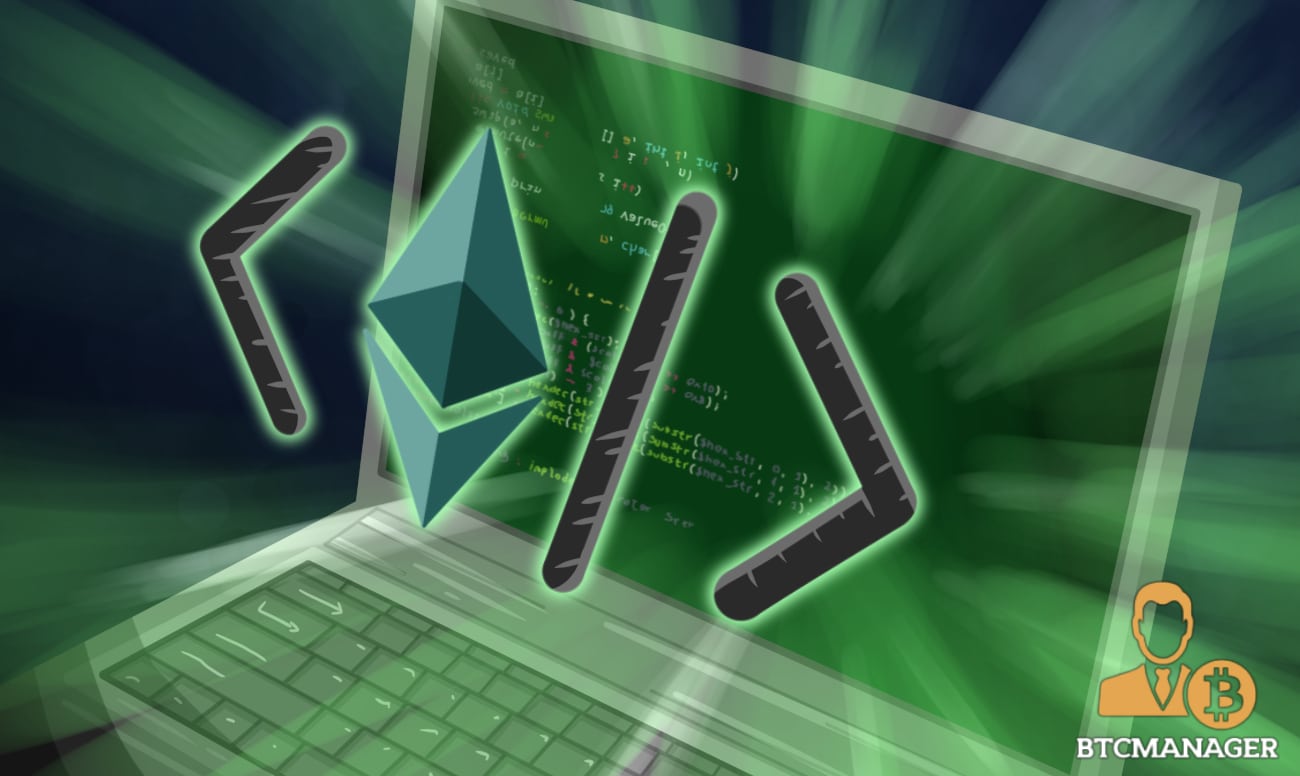Ethereum Tops Developer Activity; Critics Overlooking Important Factors

Of the top 50 decentralized applications by development activity, five are on Steem, one is on POA Network, and 44 are on Ethereum according to data from State of the Dapps. As reported by The Next Web, TRON is engaging with more users through their dApp-based games, but developers still see Ethereum as their best bet.
Users as a Metric
The rise of dApps is widely touted to be the stepping stone for mainstream blockchain adoption. Building applications that are decentralized yet easily accessible is an ideal method of pushing these systems out to the average user. Once the benefits of secure, uncensorable transactions are known to this demographic, it’ll be difficult to turn them back into decentralization critics.
Users tend to flock to platforms where development activity is the most robust. This is because more development means functional systems and a wide range of alternatives. However, data indicates that TRON has the most users and is growing (in terms of users) faster than competitors like EOS and Ethereum.
An ex-employee at BitTorrent, however, believes that the TRON blockchain is simply a “marketing machine layered on a very thin veneer of technology.” His words come from a belief that the TRON blockchain cannot live up to the throughput they have claimed the network can handle.
The difference in the quality of projects on TRON and Ethereum is also striking. Most of TRON’s activity comes from gambling and light gaming dApps, whereas Ethereum is more focused on building apps that solve issues regarding financial inclusion and digital identity, among others.
A fundamental reason for developers flocking to Ethereum is likely because of the way the cryptocurrency community perceives it. Everyone views Ethereum as a serious project looking to change the world and is only held back by poor network throughput.
Since scaling is the only issue limiting widespread usage of Ethereum, the development team has allowed individual projects to focus on bettering the ecosystem while they work on making the Ethereum network better.
ETH 2.0, which is launching in January 2020, is set to create a whole new paradigm for smart contracts and dApps. The roadmap details the launch of Plasma, state channels, as well as full implementations of Lighthouse.
With state sharding also arriving within the next year, developers are putting their blood, sweat, and tears into making Ethereum as scalable as it needs to be to capitalize on the trust external developers have put into the network.











